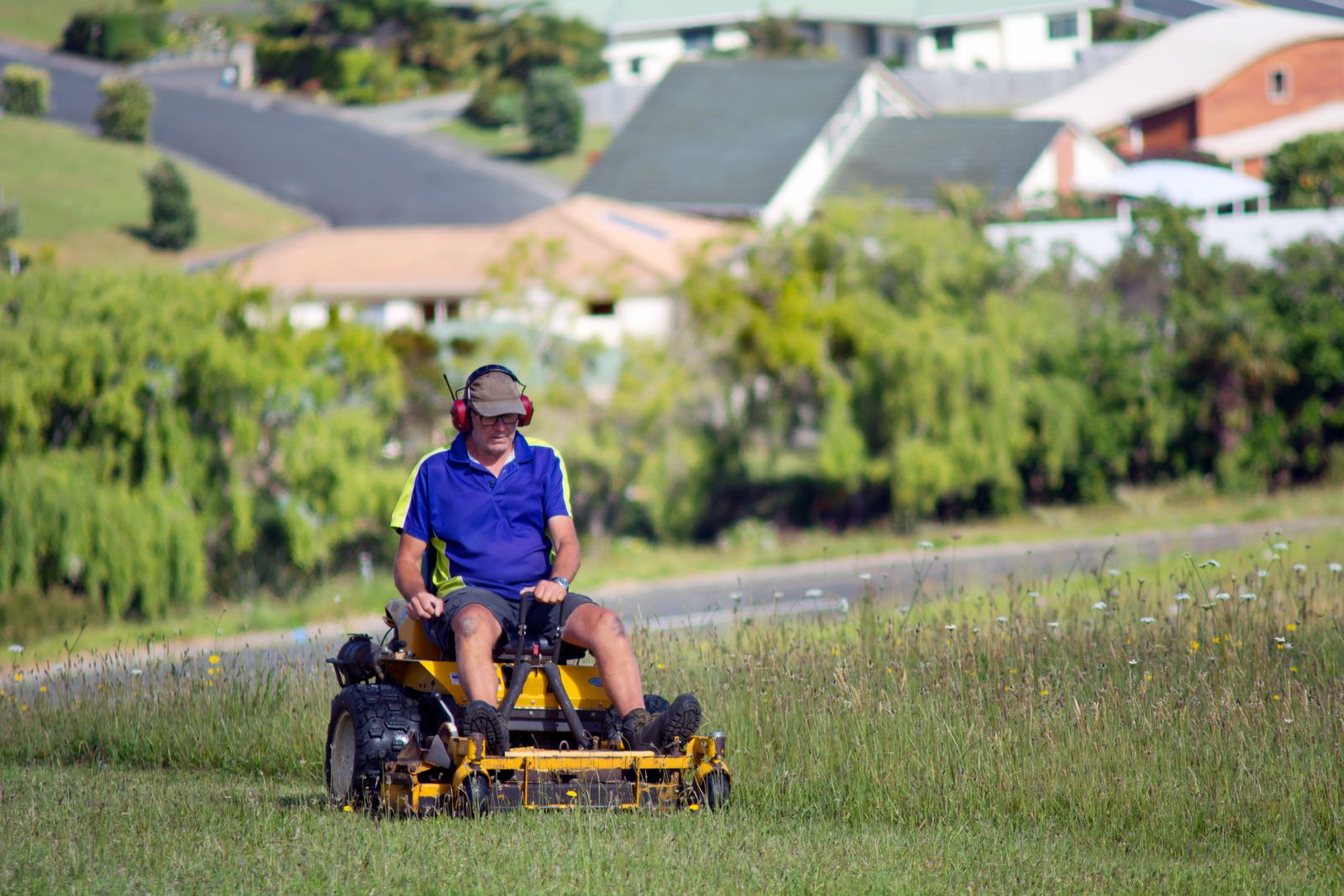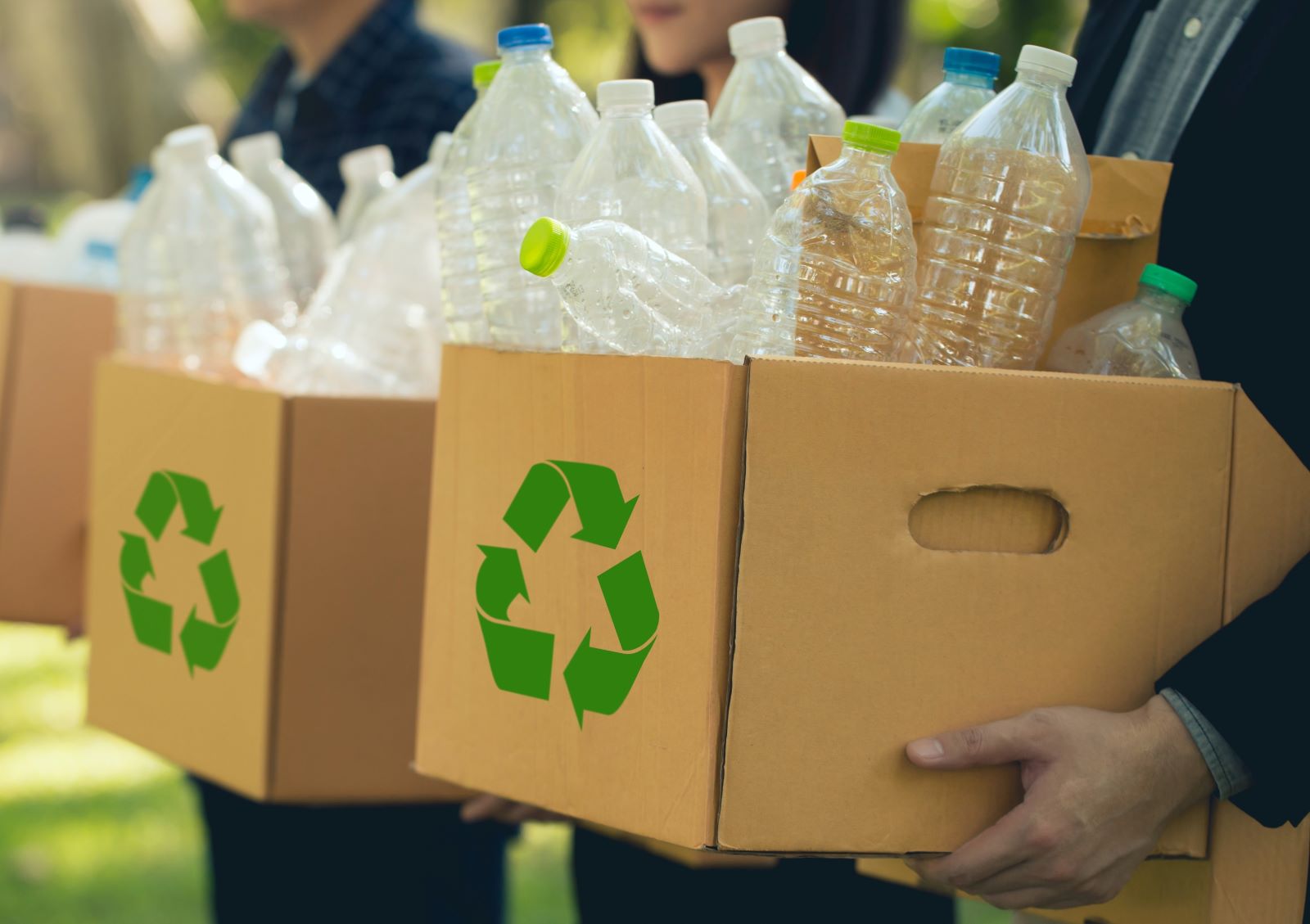Climate change is a reality we can no longer ignore, and personal accountability is more crucial than ever. A ‘Carbon Rating’ for every American could make us think twice about our daily choices. How would you feel if every action—from driving to your coffee habit—had a direct impact on your wallet?
1. Driving Your Car

Image Credit: Shutterstock / PV productions
Driving a gasoline-powered vehicle emits about 404 grams of CO2 per mile. If your daily commute is 30 miles, your annual contribution from driving alone could be significant. A carbon rating could make this impact visible, encouraging carpooling, public transit, or the switch to electric vehicles, supported by research from the Environmental Protection Agency on transportation emissions.
2. Watching Television

Image Credit: Shutterstock / d13
An average plasma TV running for five hours a day consumes about 0.4 kWh per hour. Over a year, this usage contributes significantly to household CO2 emissions, as calculated by energy use databases. By reducing viewing time or switching to energy-efficient models, you can manage your carbon rating effectively, aligning with Department of Energy recommendations.
3. Heating Your Home

Image Credit: Shutterstock / Standret
Heating a typical home with natural gas releases around 5.3 pounds of CO2 for every 100 cubic feet used. During cold months, this can add up, making your carbon score spike. Insulating homes better and managing thermostat settings can reduce this score and save money, as per studies by the National Renewable Energy Laboratory.
4. Air Conditioning

Image Credit: Shutterstock / LightField Studios
Cooling systems can consume between 3 to 5 kWh per hour, with older units being less efficient. By upgrading to an Energy Star-certified air conditioner, you could reduce your carbon footprint by 10-30% annually, supporting data from energy conservation initiatives.
5. Daily Coffee Habit

Image Credit: Shutterstock / Marian Weyo
The carbon footprint of a coffee depends on its source and production methods. For example, one pound of coffee can produce up to 11 pounds of CO2. Opting for brands that practice sustainable farming can significantly lower your carbon rating, as highlighted in reports from the Global Carbon Atlas.
6. Online Shopping Deliveries

Image Credit: Shutterstock / Julia Bond
The convenience of online shopping comes with a carbon cost due to packaging and the final mile of delivery, typically the most emission-intensive part of the product’s journey. Reducing order frequency and choosing eco-friendly shipping options can improve your rating, as analyzed in transport and environmental studies.
7. Using Disposable Products

Image Credit: Shutterstock / Pla2naBond
An aluminum can produce about 1.5 grams of CO2 in manufacturing alone. Recycling or reducing use can have a measurable impact on your carbon score, promoting practices detailed in recycling impact assessments.
8. Water Usage

Image Credit: Shutterstock / M-Production
Heating water for daily use like showers or laundry is energy-intensive, especially if using an old water heater. Switching to solar or tankless water heaters can cut CO2 emissions significantly, aligning with EPA guidelines on water heating.
9. Traveling by Air

Image Credit: Shutterstock / Surachet Jo
A single round-trip flight from New York to London emits about 986 kg of CO2 per passenger. Minimizing air travel or selecting direct flights can drastically reduce your carbon rating, backed by aviation emissions data.
10. Lawn Care

Image Credit: Shutterstock / ChameleonsEye
Using a gasoline-powered lawnmower for an hour emits as much pollution as a 100-mile car journey. Opting for electric or manual mowers can cut down this segment of your carbon footprint, recommended by environmental conservation studies.
11. Pet Ownership

Image Credit: Shutterstock / Pixel-Shot
The production of pet food and other supplies adds to your carbon footprint. Choosing pet food made from sustainably sourced ingredients can decrease your rating, as suggested by studies on pet food production impacts.
12. Children’s Toys

Image Credit: Shutterstock / Rawpixel.com
Plastic toys are not only a significant source of immediate waste but also contribute to long-term environmental degradation. Opting for second-hand toys or those made from sustainable materials can help manage your carbon impact, following research on consumer goods emissions.
13. Holiday Decorations

Image Credit: Shutterstock / WilleeCole Photography
Electric holiday lights and artificial trees add to your annual energy consumption. Using LED lights and sustainable decor can significantly reduce your carbon footprint, in line with energy-saving research findings.
14. School Supplies

Image Credit: Shutterstock / Es75
Manufacturing and transporting school supplies add to environmental costs. Purchasing supplies made from recycled materials can lower your carbon rating, as promoted by educational environmental initiatives.
15. Having Kids

Image Credit: Shutterstock / ESB Professional
Every aspect of raising children, from diapers to school trips, contributes to your carbon footprint. Engaging in and promoting sustainable parenting practices could mitigate these effects, as per child-related environmental impact research.
16. Eating Out

Image Credit: Shutterstock / Joshua Resnick
Restaurant meals often have hidden environmental costs due to food waste and energy use in cooking. Choosing restaurants that use local, organic ingredients can lower your carbon score, supported by food sustainability studies.
17. Gym Memberships

Image Credit: Shutterstock / Rawpixel.com
Physical fitness doesn’t have to come at an environmental cost. Gyms that use green energy and sustainable equipment offer a way to keep fit without worsening your carbon rating, as found in studies on gym energy consumption.
18. Public Transportation

Image Credit: Shutterstock / Drazen Zigic
Using public transportation already reduces your carbon footprint compared to personal vehicles. Supporting and investing in clean public transit options can further improve your rating, endorsed by transportation research.
19. Smoking

Image Credit: Shutterstock / Maria Surtu
Beyond health concerns, smoking has environmental implications due to the production and disposal of cigarettes. Quitting smoking can improve personal health and reduce your carbon rating, with environmental studies on tobacco production backing this up.
20. Gardening

Image Credit: Shutterstock / Jacob Lund
Sustainable gardening without synthetic fertilizers can reduce your carbon output. Composting and using organic methods are beneficial, as detailed in gardening environmental impact reports.
21. Recycling

Image Credit: Shutterstock / chayanuphol
Proper recycling can significantly lower your carbon footprint. Engaging in thorough sorting and supporting comprehensive recycling programs are essential, as per waste management research.
Weighing the Impact

Image Credit: Shutterstock / Chay_Tee
As we consider the introduction of a ‘Carbon Rating’, it’s essential to ponder its implications fully. Could this system be the push we need to become more environmentally responsible, or could it place undue pressure on everyday activities? How do you feel about potentially paying more for every driven mile, every watched show, and even every brewed cup of coffee? Is the financial and personal cost justified by the potential environmental benefits?
Oil Dumping Scandal Rocks Ships Heading to New Orleans

Image Credit: Shutterstock / Aerial-motion
Two shipping companies have been fined after knowingly hiding a large oil spill in the Atlantic Ocean. Oil Dumping Scandal Rocks Ships Heading to New Orleans
20 Eye-Opening Realities Facing Retiring Baby Boomers

Image Credit: Shutterstock / Jack Frog
As Baby Boomers approach retirement, the promise of leisure and security often seems unattainable. This generation faces unique challenges that could redefine retirement. Here’s a stark look at the realities shaping their outlook. 20 Eye-Opening Realities Facing Retiring Baby Boomers
Retail Apocalypse: Massive Closures Sweep Across U.S. Brands

Image Credit: Shutterstock / Tada Images
Stores across the U.S. are closing at unprecedented levels, according to new research from advisory firm Coresight Research. Read on for more information about the impact this could have on you and your communities. Retail Apocalypse: Massive Closures Sweep Across U.S. Brands
Featured Image Credit: Shutterstock / Dogora Sun.
For transparency, this content was partly developed with AI assistance and carefully curated by an experienced editor to be informative and ensure accuracy.


